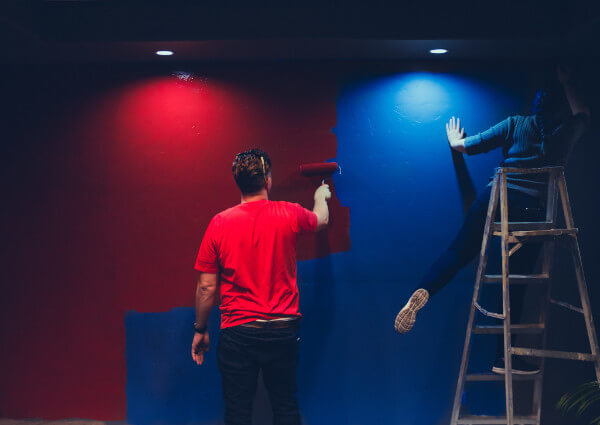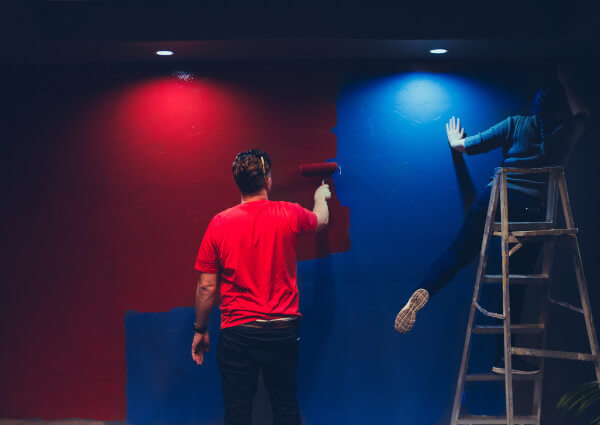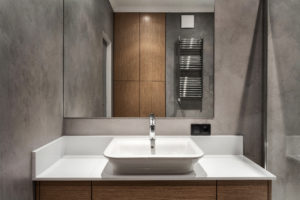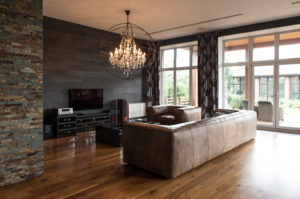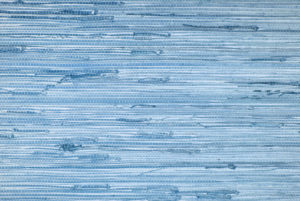Buying a home is both exciting and stressful, and it affords us an opportunity for a fresh start. When you’re handed the keys to your new home, it’s likely that you want to make it just that: Yours. And what better way is there to truly transition than to update the interior spaces with a fresh coat of paint — we certainly understand that urge here at Horner Painting. Plus, having your home painted just before you from the headache of moving your belongings and boarding pets in order to prepare for your painting project — we definitely find it easiest to paint an empty home!
So, if you’re considering taking advantage of your home transition by painting the interior spaces your latest big investment, we’d love to share some tips with you to make the most of your new abode. Here are a few tips to keep in mind as you pick paint colors and accent walls while you make your next big move. And as always, you can count on Horner Painting to paint your walls, so you can focus on preparing for that move. We provide painting services throughout Northern Colorado, offering services for our neighbors in Fort Collins, Loveland, Greeley, Windsor, Johnstown, Wellington, Severance, and Timnath — please, call us today to schedule your paint job. Now let’s delve into those tips!
Pick a Theme
Every house has character. You may have a modern home with expansive bay windows, granite countertops, and brushed nickel fixtures, or you might have a rustic log cabin with a stone fireplace, butcher-block counters, and brass fixtures. Regardless, you can highlight the character of your home with a painting theme that speaks to its unique feel. For example, you might consider white, off-white, dark greys, coffee browns, rust colors, and other timeless paints for a modern interior. Take a fresh look at your new home, and ask yourself: What kind of paints work well with the architectural theme of my home?

Room Size
The size of a room can play a major role in selecting the right paint. In general, small rooms really shouldn’t feature a dark paint color, since it makes a small room appear even smaller. And large rooms shouldn’t feature colors that are too bold, since bold colors spread over a large surface can be gaudy — there is such a thing as too much of a good thing. So, for small rooms, stick with bright colors to add a bit of an illusion of airiness and space. And for large rooms, stick with quieter colors. And remember, you can add an accent color to either of these rooms if you simply must have that dark hue, or that favorite bold color of yours.
Feature Your Furniture
Whether you’re getting new furniture or bringing in your current collection, you can rely on these items to help set the tone for your home. Grab a handful of paint swatches, and place them against some of the larger, key pieces of furniture that you’ll be placing throughout the spaces of your home. What will work well with that chocolate brown colored leather couch? And which paint would pair well with that retro, baby blue TV stand? If you’re stuck searching for the right paints, your furniture may just prove to be a guiding light.

Making Your Home Transition Easy
Here at Horner, we’re here to make your home transition as easy as possible. Let us shoulder the weight of painting your new abode, while you’re packing up the family and the belongings at your old home. We’d be happy to paint your home, and we provide both interior and exterior painting services, so you can transform your new property all in one fell swoop. If you have any inquiries or if you’d like to get started, please don’t hesitate to reach out to us — we’re here to help! Again, we provide painting services for our neighbors (including new neighbors!) throughout Fort Collins, Loveland, Greeley, Windsor, Johnstown, Wellington, Severance, and Timnath.
Did you miss our previous article…
https://www.dilconpainter.com/?p=89



